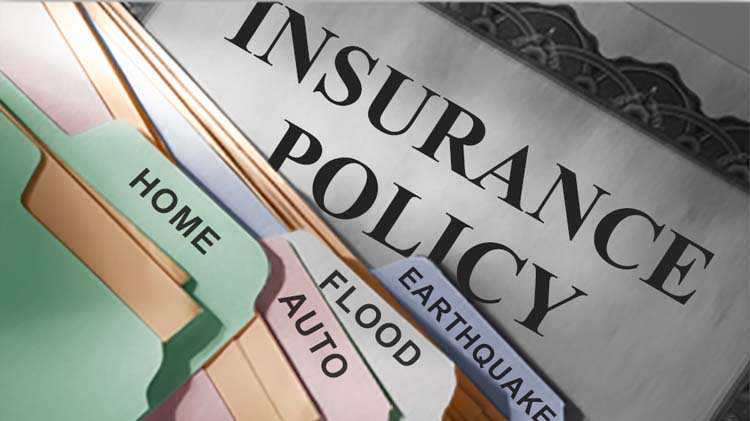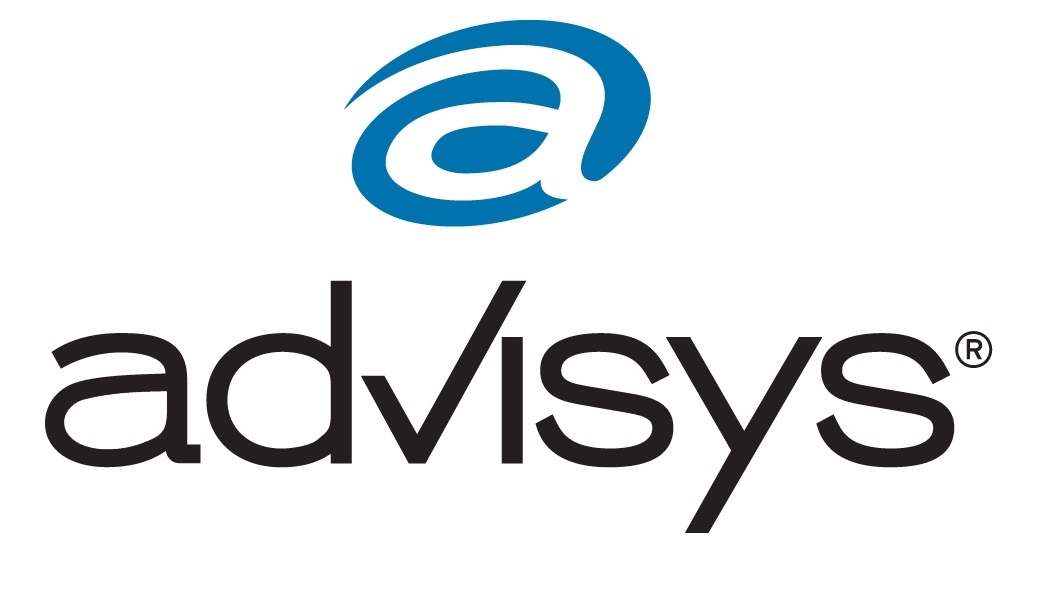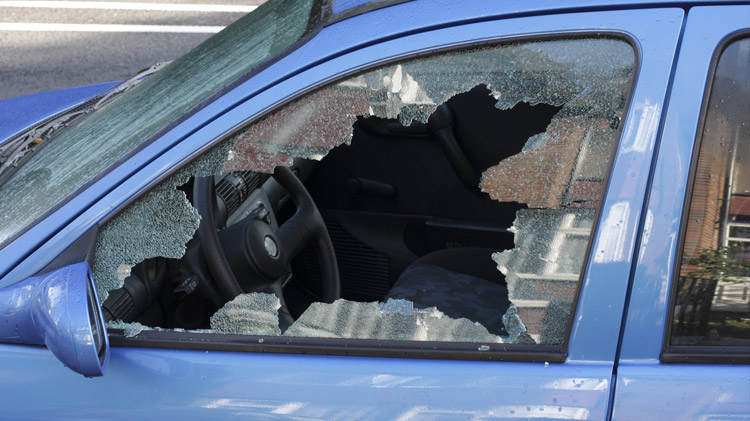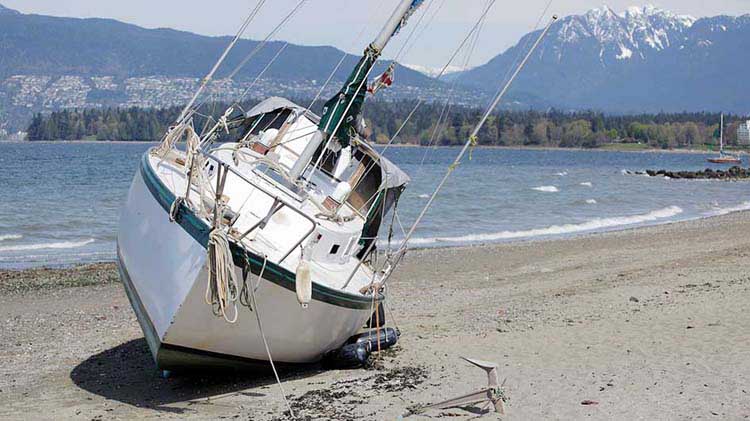Personal property and casualty insurance
What is personal property and casualty insurance? Learn more information on automobile, homeowners, watercraft, condo, renters and more.
Protecting what you own
Property and casualty (P&C) is the term commonly used to describe insurance designed to protect an individual from loss or damage to the physical assets he or she owns. For example, a fire may seriously damage or completely destroy a home. Without adequate homeowner's insurance to provide the funds to repair or rebuild, such a loss could be a financial disaster. Homeowner's policies can also provide protection for the home's contents, such as furniture, appliances and other personal belongings.
Many P&C policies also provide liability protection. For example, the owner of an automobile who causes an accident may be required by a court (be found "liable") to pay others for repair of property damage, medical expenses, lost wages or pain and suffering. The dollar amounts of such court decisions can be enormous.
Types of policies
There is a wide variety of property and casualty policies. A number of additional coverages (endorsements) can be added to a basic policy to provide protection against risks found only in certain geographical areas, to protect specific types of property, or to cover a temporary situation. Some of the most common types of policies and endorsements include:
- Automobile insurance: Auto policies typically cover repair of physical damage, payments for medical expenses and liability protection. A separate policy is often used to cover recreational vehicles such as motor homes, golf carts, snowmobiles, trailers, ATVs or campers.
- Homeowner's insurance: A homeowner's policy can provide protection for both the home and its contents, against a wide range of perils, as well as provide very broad personal liability coverage.
- Condo unit owner's insurance: Similar to the homeowner's policy, the condo unit owner's policy differs primarily in that coverage is provided primarily for the contents.
- Renters insurance: Renters policies provide coverage for the personal property of an individual renting a home, condo or apartment. A renters policy can also include personal liability coverage similar to that found in a homeowner's or condo unit owner's policy.
- Earthquake insurance: Earthquake insurance is normally offered as an endorsement to a homeowner's, condo unit owner's policy or renters policy to provide protection against loss caused by earthquake. It can also be a stand-alone policy.
- Flood insurance: Flood insurance is provided through a separate policy. The federal government stands as the ultimate guarantor for flood policies.
- Watercraft insurance: Watercraft policies cover loss and liability for the personal use of small watercraft such as boats or jet skis or for larger craft such as ocean-going yachts.
- Umbrella liability: Acts as excess or catastrophic protection to the basic liability protection offered with most other P&C policies. The liability coverage offered by an "umbrella" policy begins where the coverage in a basic policy ends and, in some instances, offers broader protection.
Uniform policy forms
The Insurance Services Office (ISO) and the American Association of Insurance Services (AAIS) are industry service organizations that provide actuarial and loss information to P&C insurers. These service organizations also provide standardized, uniform policy agreements, called "forms," which are used by many insurers.1 Such standardized policy forms make it easier for a consumer to understand the terms of the policy and to compare policies offered by different insurance firms.
Understand the contract
An insurance policy is a written contract between the insured and the insurance company. The protection provided by P&C policies of all types typically represents a significant part of an individual's overall risk management program. Thus, it's important for an insured individual to read and understand key policy provisions, such as:
- What perils (or risks) are covered in the policy? Two basic approaches are involved. In the "named-peril" form, the policy will specify only those perils that are covered. In the "all-risk" form, the policy will list only those perils that are not covered and provide protection for all others.
- What perils are not covered? In many cases, perils that are excluded can be covered by endorsement and payment of an additional premium.
- What are the policy limits? What is the maximum benefit/coverage payable by the insurance company in the event of a loss? Is a home that would cost $200,000 to rebuild insured for $100,000?
- What are the deductible amounts? A policy deductible is the "self-insurance" element in an insurance policy; the term refers to the part of the loss the policy buyer must pay before the insurance company pays its portion. The deductible can be a flat amount or a percentage of the insured value at the time of a loss.
- Impact of inflation: A home built 20 years ago can be rebuilt, but at a much higher cost. Most policy forms provide for replacement cost of a home and contents, along with an annual inflation guard of between 2% and 6%.
- In the event of a loss, what are the duties of the insured? Each policy will specify certain actions that an insured must take in the event of a loss.
Seek professional guidance
Insurance agents and brokers, insurance counselors and other trained financial consultants can help provide detailed answers to questions about a particular policy. These professionals are also helpful in selecting the right policy and the appropriate amount of coverage.
1Return to reference Some insurers have their own forms, which may differ from the standard contracts developed by ISO or AAIS.





